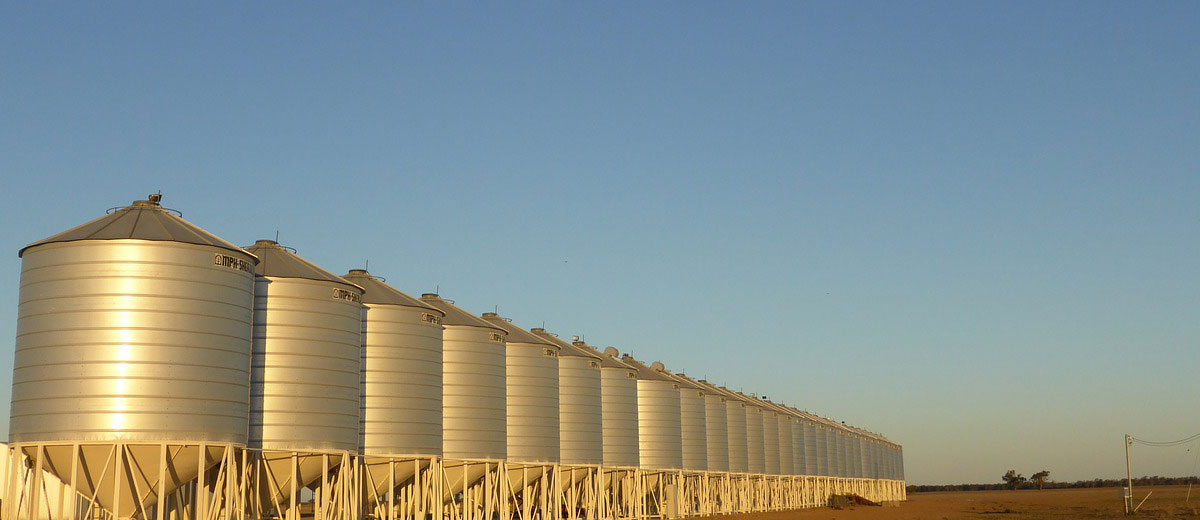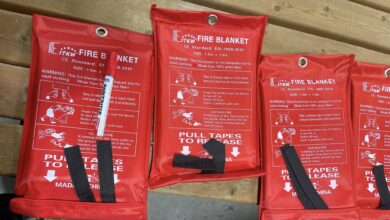
What’s in a Seed Test?
By Ashley Kaminski, Crops Extension Specialist, Humboldt
High-quality seed is the first thing a producer can do to give their crop the best chance at success. Without a seed test, economic losses can occur quickly if there are undiagnosed issues with a seed lot. We will take a brief look at the different parts of a seed test and what it tells us.
Germination
A germination test is the percentage of the seed germinated under ideal conditions. This includes ideal moisture, light, air and temperature for the seed. Germination is usually the first result of a seed test growers look at to consider if their seed lot is good for planting.
Vigour
Vigour differs from germination in that a vigour test puts the seed under stress or non-ideal growing conditions and analyzes the percentage of seed that can produce normal seedlings. Seeds typically lose vigour before they lose germination and so a low vigour may be a sign that the seed lot may start to lose germination soon too. Vigour is a good test to perform on seed that has been stored for a longer period, and storage conditions were not optimum or were unknown. It should be noted that not all labs perform the same vigour test and results should not be compared directly. This is a good reason to consider sticking with one seed lab to perform your seed tests for your farm year after year.
Diseases
Seed-borne diseases is another test that can be done with your seed test package. Cereal diseases such as Fusarium spp., Fusarium Graminearum, and Cochliobolus sativus (root and foot rot) are examples of what can be tested for. Ascochyta, Botrytis, Sclerotinia and Anthracnose are diseases that can be tested for in pulses. It is important to note that the sample size to perform a disease test is very small and may not be representative of your entire seed lot. For example, if your sample comes back with zero per cent disease, it does not necessarily mean your entire seed lot is disease-free.
Thousand Kernel Weight
Thousand kernel weight (TKW) is just that, the weight of a thousand kernels of grain. Knowing your TKW helps establish proper seeding rates. The TKW may vary year to year depending on plant nutrition, plant health and environmental factors such as drought. Seed from a drought year, for example, often has a lower TKW due to smaller seed size.
It’s a good idea to use a seed test to determine the quality of your seed lot and decide if it’s a good source of seed. Seed testing can also help you establish a seeding rate to achieve the desired plant population. There are many online seeding rate calculators available to help determine the amount of seed you need. Winter is a great time to figure out these values so you can plan the logistics of your operation for spring in advance.
Be sure to check out more information on seed testing with the following resources:
- Seed Quality and Guidelines for Seed-Borne Diseases of Pulse Crops
- Seed Quality and Seed-Borne Diseases of Cereal Crops
- Why Invest in a Seed Test?
For more information, connect with your local crops extension specialist by calling the Agriculture Knowledge Centre at 1-866-457-2377.








































